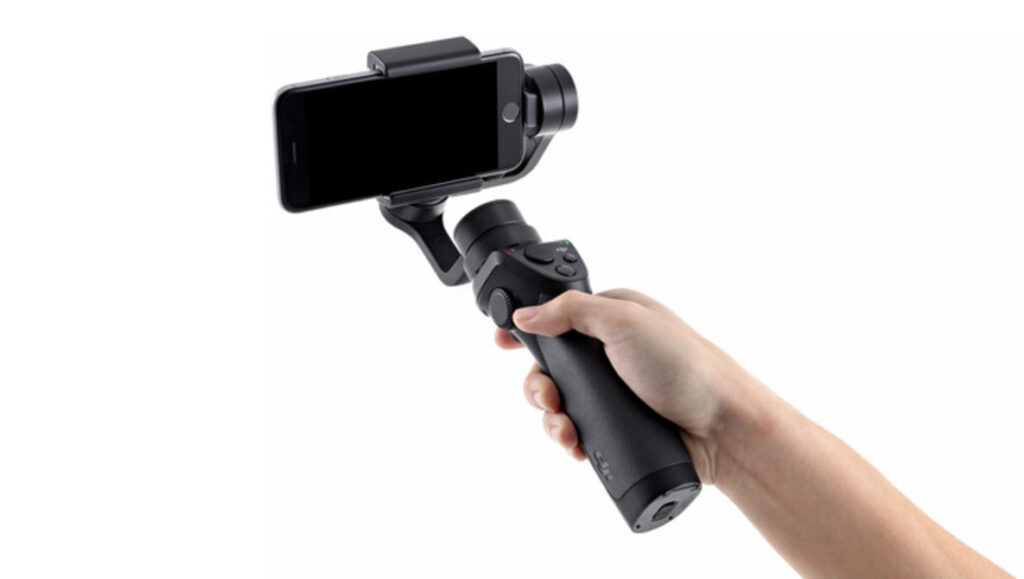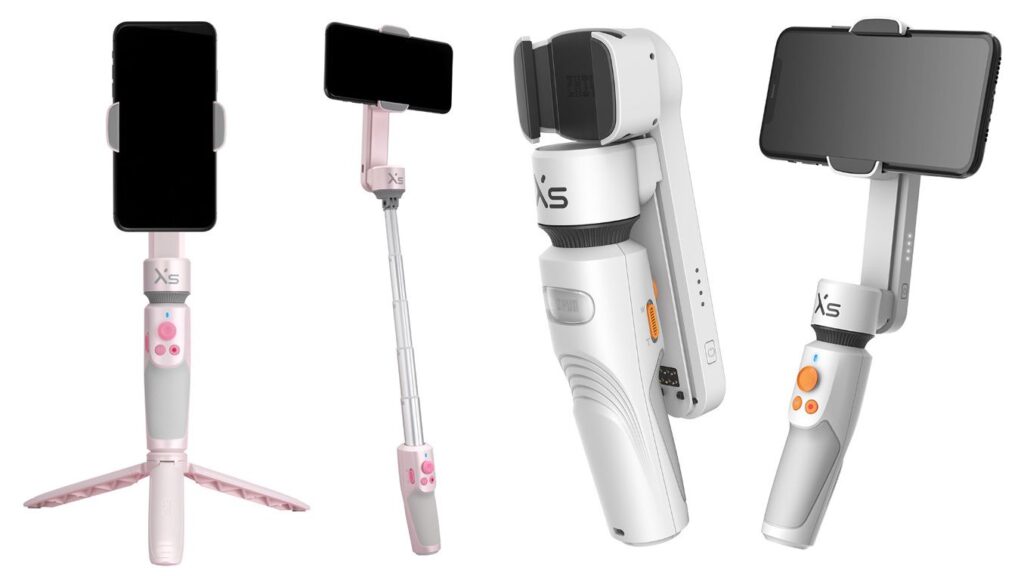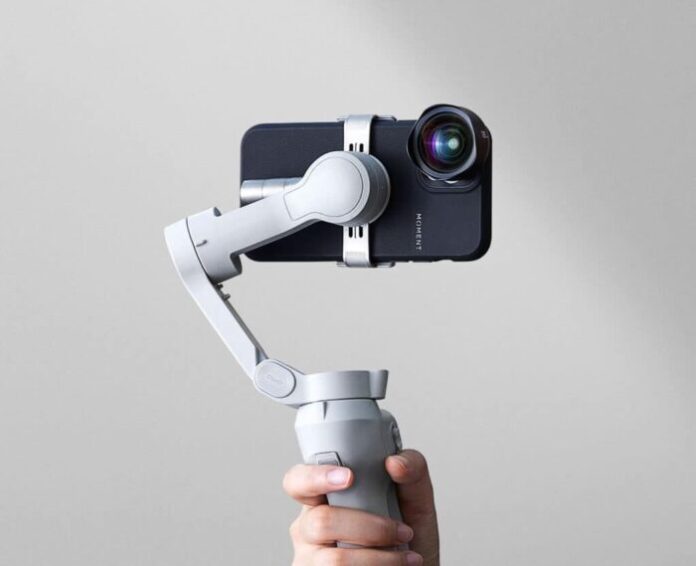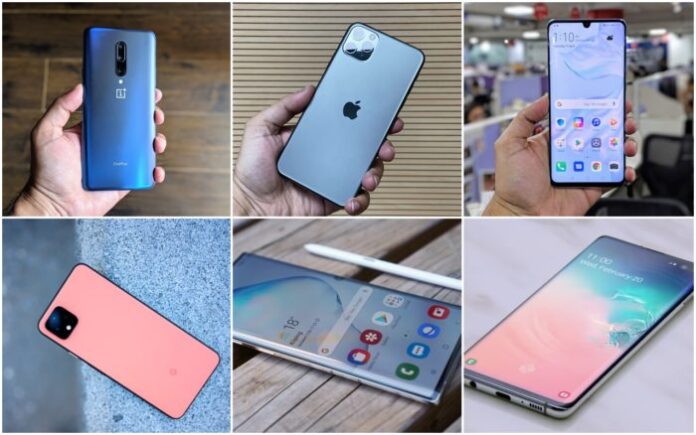After the introduction of the internet and personal computers at the turn of the century, smartphones were the next breakthrough. The little pocket devices changed the way we operate and live drastically. The older smartphones were breathtakingly amazing at multitasking for that era. But if we use them today, they feel like nothing but smart bricks. The phones have come very far from whence they once started. This is because the world is ever-changing, and we are shifting from bricks and mortar businesses to online real estate. We have an app for almost every task, and these apps take a lot of memory and power.
To tackle the problem of multitasking on apps, the manufacturers have equipped smartphones with technology that was once considered to be the ballpark of Personal computers. Today, smartphones can easily cost more than a thousand dollars due to the level of power, features, and security they provide. To some, this price range is unjustified, while others agree that you have to pay a hefty sum for the massive features. However, you can always install a cellphone tracking app to make sure your $1000 investment is safe. Please check this mSpy phone tracking app for more information.
Our list of the top 6 smartphones is no different. This is not a budget list—this list composed of the best and most powerful devices that you find in 2024.
The Top 6 Smartphones you can get your hands on in 2024
This list does NOT include the newcomers that haven’t proven the test of time, like the Samsung S20 series.
1. Samsung Galaxy S10 Plus

The Samsung S series is a benchmark for flagship Android smartphones, and the S10 Plus is no different. The S10 plus offers the latest of the time Snapdragon 855 processor and a stunning 6.4-inch AMOLED infinity O display with a punch-hole camera rather than a notch. In the memory section, you get three options; 128GB ROM and 8GB RAM, 512GB/8GB, or a mesmerizing 1TB ROM with 12GB RAM. The battery is extraordinary, with 4100mAh to keep you going all day. It has a 3-camera setup with a 12MP Wide, a 12MP Telephoto, and a 16MP ultrawide lens. The front has a dual-camera setup with 10MP and 8MP wide. It also fashions a 3.5mm headphone jack.
2. iPhone 11 Pro Max

This is the biggest and most high-spec iPhone yet. The 11 Pro Max has a 6.5-inches OLED screen with a massive 3969mAh battery. It has Apple’s A13 Bionic chipset with 4GB of RAM. There is a triple camera setup at the back with a 12MP Wide, a 12MP telephoto, and a 12MP Ultrawide lens. The front has a dual-camera setup with 12MP primary and a 3D depth sensor and face reader.
3. Samsung Galaxy Note 10 Plus

The Galaxy Note 10 Plus goes with the mantra that bigger is better. It fashions a massive 6.8-inches curved Infinity display with the punch-hole camera. It mates with a powerful 4300mAh battery to keep up with the screen real estate. The powerhouse is a Snapdragon 855 processor, and you get a 512GB storage with 12GB of RAM. The main attraction of the Note series is the handy stylus pen. It has a quad-camera setup at the back; 12MP full, 12MP telephoto, 16MP ultrawide, 0.3MP TOF 3D depth sensor. The front has a 10MP primary selfie shooter.
4. OnePlus 7T Pro

OnePlus is a company known as the “flagship breaker” for a reason. They offer the top of the line latest features in a very affordable package. Plus, the total customizable Android environment (Oxygen OS) is the main reason for many people to get the OnePlus phones. A massive 6.67-inch Fluid AMOLED screen and a pop-up selfie shooter provide an excellent screen real-estate. The phone also has an amazingly high pixel density with 516 pixels per inches. The battery is also grand at 4000mAh with 30W fast charging. There are three memory options; 128GB of internal storage with 6 GB of RAM, 256 ROM with 8GB ROM, or a massive 256GB with a 12GB RAM. The phone functions on the latest Snapdragon 855 processor. There is a triple camera setup with a 48MP Wide, 8MP telephoto, and a 16MP ultrawide. The front has a motorized pop-up 16MP selfie cam.
5. Huawei P30 Pro

Huawei is still at the top of its game, albeit the recent licensing affairs with USA and Google. The P30 Pro is a prime example of Huawei being among the top leading smartphone brands in the whole world. The P30 Pro is the runner-up for the best smartphone camera. Powered by the prevailing Kirin 980 chipset and having a large 6.47 inches of screen, it is ready to handle all your abuse. It has a diverse option for memory; you can get a 128GB storage with 6GB of RAM, a 128GB with 8GB of RAM, a 256GB of internal storage with 8GB of RAM, and a 512GB ROM with eight gigs of RAM. The main attraction is the quad-camera setup at the rear with a 40-megapixel wide, an 8-megapixel periscope, a 20MP ultrawide lens, and a TOF 3D depth sensor. At the front, there is a single 32MP selfie shooter.
6. Google Pixel 4 XL

The Google Pixel series is known for providing the best cameras possible in a smartphone with the most straightforward and purest Android experience. Also, you receive made by Google advantages like the latest updates and the ground-breaking features first. This time around the Pixel 4 XL can shoot Astrophotography and can unlock your face even in the dark. Also, it is the first smartphone to have a radar built into it. The phone has all the savvy features like Snapdragon 855, 6 gigs of RAM, a 6.3-inch display, and a 3700mAh battery. On the back, there are dual cameras, a 12.2MP wide and a 16MP Telephoto. The front shooter is an 8MP with a TOF 3D depth sensor.
Considering the pace of modern life, it makes sense to pair your new smartphone for multitasking with a high-quality gimbal. Such a setup allows turning a regular phone into a handy instrument for snapping sharp images and recording detailed videos.
If a traditional selfie stick just provides more distance between the face and the lens, a smartphone gimbal stabilizer neutralizes handshaking thanks to gyro sensors. All movement of your smartphone (and hence a camera) are smooth, fluid, without sharp turns and trembling. If you want a vlogger-like adventure video from your vacation or a party, you can’t do without a gimbal.
Learn more about gimbals on: https://fixthephoto.com/best-smartphone-gimbal.html
What Features to Consider

If you have started searching for a decent gimbal for your smartphone, you are likely to be overwhelmed with the variety of options available. Thus, finding an ideal match for your phone becomes an arduous task. To eliminate possible confusion and help you get a reliable stabilizer, we have prepared this list of the most important features you need to consider before laying up your money.
Type of a Gimbal
Balance and inertia are 2 main criteria that affect the operation of a gimbal. An ordinary model consists of 2 tubes, which are attached through a bearing and rotate around their axis. The handle is connected with a movable mount. At the bottom, there is a retractable tube with removable weights. This part is designed to securely mount equipment in a vertical position.
There are 2 types of gimbals – electronic and mechanical. The former stabilizes a picture by dint of built-in motors. The integrated sensors are used to keep the camera in the right position. Small motors return the device to the proper position. The adjustment process takes place along several axes.
The three-axis device has a higher stabilization level. Mechanical gimbals work according to the principle of weight balance. This makes the process simpler but reduces efficiency when compared to electronic models. Mechanical gimbals are suitable for shooting when it is raining or snowing.
Size and Weight

Here we can divide all gimbal stabilizers into 3 groups:
1) Lightweight – up to 440 grams. They are spacious, easy to transport, and suitable for shooting blogs.
2) Mid-range – 450-540g. You can mount bulky smartphones.
3) Heavyweight– over 550 grams. Large systems that can hold DLSR cameras.
Built Quality
This is a very important factor. Check whether the joints and gaps are even, and the case is reliable. Skip gimbals made of plastic as they can easily get damaged during shooting. You’d better choose a stabilizer made of aluminum alloy, as it is rather lightweight and has anti-corrosion properties.
Type of Stabilization

Much depends on the type of stabilization. You’d better opt for three-axis devices, as they eliminate hand vibrations more efficiently. The gadget must fit snugly into the mounting place, otherwise, it may fall out.
Software Compatibility
Check the compatibility of the operating system of your phone and the gimbal. Otherwise, the device may not function properly or may not be supported at all.









